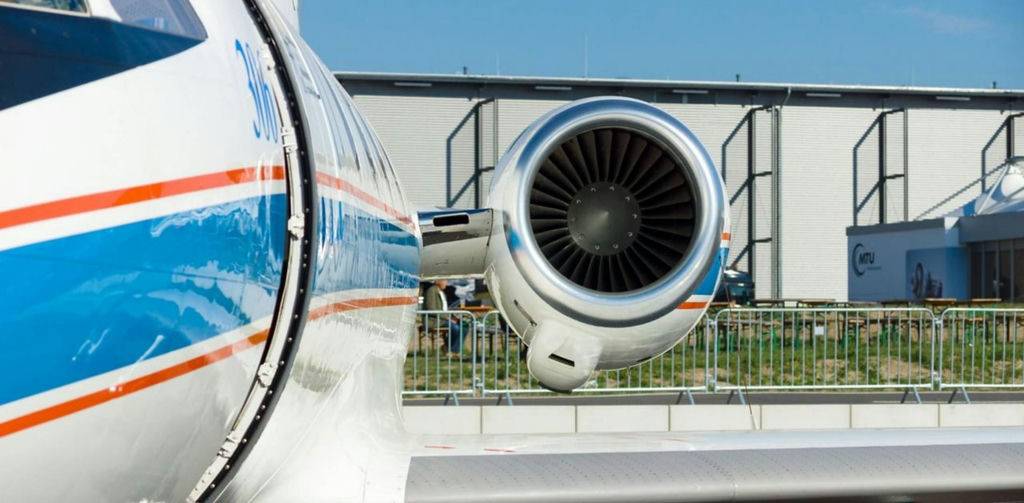Honeywell has received its first FAA approval for a 3D-printed flight-critical engine part, marking a step forward in the rapidly advancing field of 3D printing.
The part, the #4/5 bearing housing, is a structural component for the ATF3-6 turbofan that powers the Dassault Falcon 20G maritime patrol aircraft operated by the French Navy. The ATF3-6 engine was certified in 1967, and only about a dozen are still flying, making parts sourcing difficult.
Complicating matters, Honeywell said, is that production of the #4/5 bearing housing through traditional means is a complicated process, requiring expensive specialty tools and molds. This drives up the cost of replacement, particularly given the low order quantities. Additive manufacturing, however, enables parts to be made more quickly and in smaller quantities, without the need for expensive tools. Honeywell’s process involves the use of a laser that fuses layers of powdered metal into the part form.
“Though there aren’t many in service, Honeywell is responsible for supporting and maintaining these engines. We had to find a way to address these supply-chain issues and keep these aircraft flying,” said Jon Hobgood, v-p of manufacturing engineering for Honeywell Aerospace. “We were able to use our expertise in additive manufacturing to produce the qualified part much faster, reducing our lead time from approximately two years to two weeks.”
Because the #4/5 bearing housing is considered “safety-critical” or “flight-critical” from a regulatory standpoint, it must always function properly and must be approved by regulatory organizations.
The FAA has expanded its regulatory and research efforts in the area of additive manufacturing and has worked with Honeywell on the development and certification of multiple components. Honeywell said this collaboration enabled the approval of the flight-critical component through delegated authority.
“This is a major milestone for Honeywell because it demonstrates the maturity of our additive manufacturing operations and paves the way for us to print more certified flight-critical parts,” Hobgood added. “It also is a major win for the additive industry, as flight-critical parts face heavy scrutiny and high standards for qualification and installation on aircraft, but this shows it can be done.”



